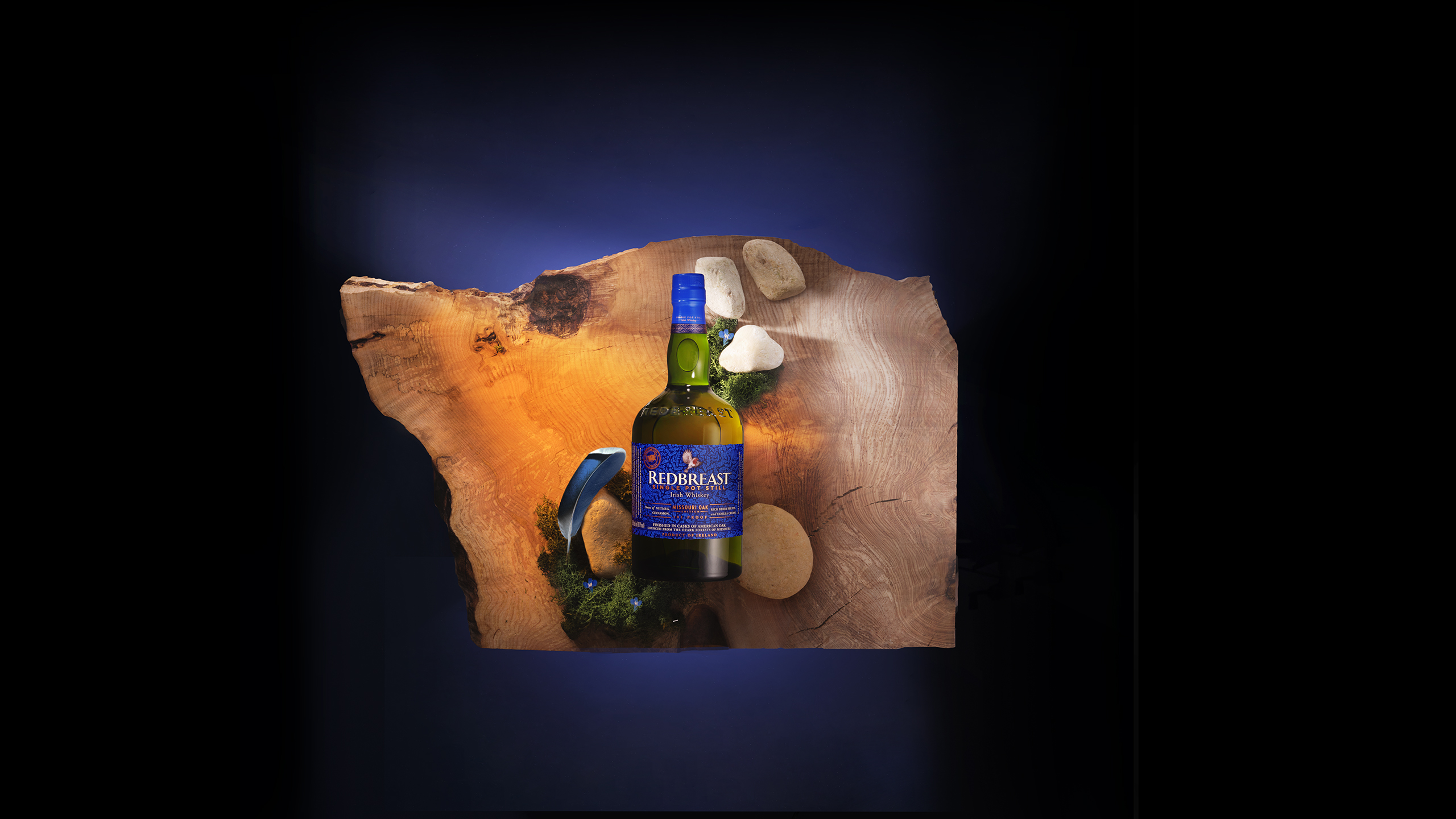
As with many Irish whiskies, Redbreast Missouri Oak spends most of its time maturing in a combination of ex-sherry and bourbon barrels. This part of the process will give a flavor profile similar to, if not identical, to Redbreast’s standard product. However, there is a bit of a twist that comes in the form of a 10-month stint in a virgin Missouri oak barrel. The cask is crafted from wood found in the Ozark Forest, and as Redbreast’s latest creation is the first thing in it, you can expect the oak to impart a lot of flavor — and the tannins it provides are what you will initially taste, according to Redbreast. Those initial notes are followed by a “luscious and creamy texture.” Redbreast itself promises notes of cinnamon and ginger, courtesy of this extra step in the process.
According to the distiller, the pot still whiskey will also provide “generous waves of sweet toffee apple and vanilla at first, closely followed by ripe blackcurrants and black cherries” on the nose. That scent is accompanied by “additional notes of cinnamon and ground ginger, while nutty undertones akin to pecan pie linger gently in the background.”
It’s a high-proof American exclusive

Redbreast Missouri Oak edition is noticeably more potent than the 12-year-old Redbreast whiskey that the distillery is famous for. Sitting at 50.5% ABV (101-proof), the liquor is just shy of cask strength. The release is also a limited edition, so there’s a good chance you won’t see it again once initial supplies run out.
While blends like Jameson and Powers may be the most common Irish whiskies on the market, pot stills like Redbreast are central to the Emerald Isle’s distillation traditions. As the name suggests, batches are made by a single distillery from the same mash bill and distilled in a copper pot still. Unmalted barley is traditionally part of the mash bill, alongside an amount of malted barley. It’s very similar to the concept of single-malt scotch, though single-malt Irish whiskies also exist.
As the whiskey relies on a natural resource to give it a unique twist, there’s also a conservation effort tied in with its production. To mark the launch of Redbreast Missouri Oak, the distillery has sponsored a study into the Cerulean Warbler breeding season habitat in oak forests of eastern North America. The vulnerable songbird breeds in white oak forests, and the study could lead to better conservation guidelines which in turn may help the Cerulean Warbler population successfully recover.
The limited edition spirit is only available in the U.S. and has an MSRP of $199 per bottle. It launched this month and can be found online, should your state allow alcohol delivery. If you’re struggling to find it yourself, you could also request that your local liquor store source a bottle for you.



